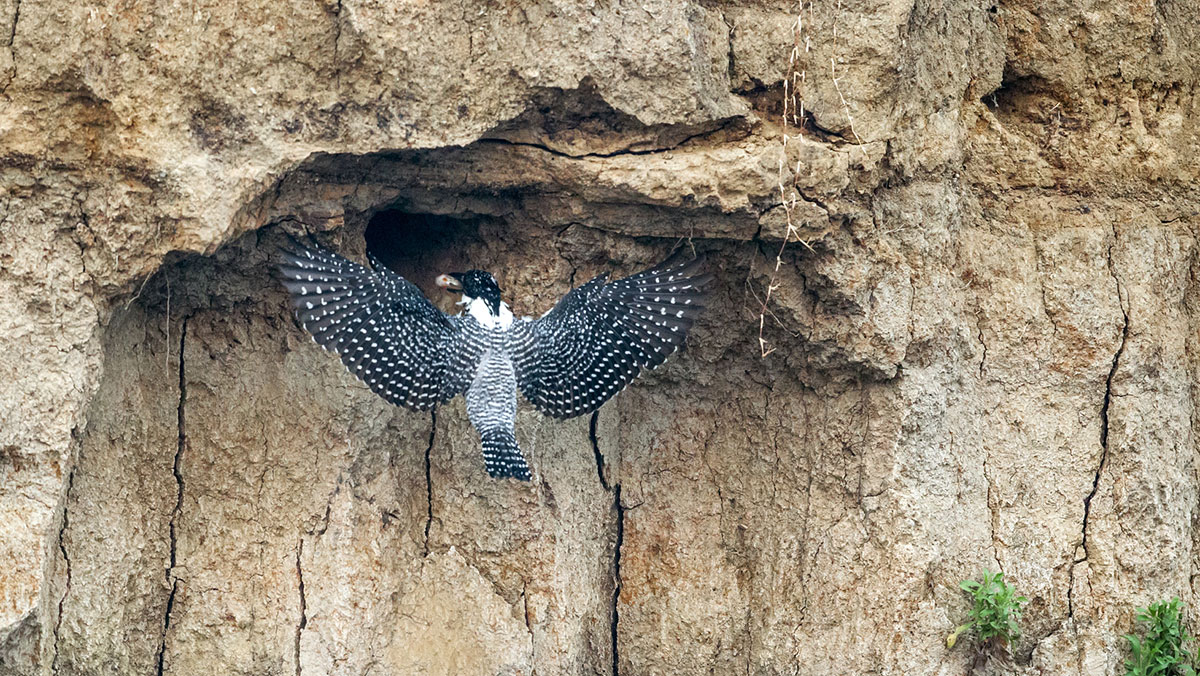Kingfisher spots more evidence of clay-hosted Rare Earths

Kingfisher is reporting it’s found more evidence of REE at its Mick Well project. Pic ia Getty Images.
Kingfisher has uncovered further evidence of the rare earths potential present at its Mick Well project with follow-up drilling returning high-grade clay-hosted mineralisation.
Results such as 24m grading 2,345 parts per million total rare earth oxides (TREO) from surface (MWRC030) and 48m at 1,076ppm TREO from surface have confirmed the continuity of the mineralisation downhole and along strike.
This has allowed Kingfisher Mining (ASX:KFM) to define a potential strike length of more than 6.5km with demonstrated widths of about 100m and vertical depth from surface of more than 40m for the clay-hosted mineralisation.
Metallurgical sighter testwork is underway to assess the extraction of the REE from the clay mineralisation, which could be significant as ionic adsorption clay mineralisation typically has lower processing costs.
“We continue to be amazed by the underlying potential of our Gascoyne projects. In addition to the very high grade hard rock assays recently reported, these latest drill results have confirmed broad zones of clays containing a second style of REE mineralisation at Mick Well,” executive director James Farrell said.
“We now recognise that the clay and hard rock mineralisation are part of the same large-scale system, with the clay mineralisation hosted in broad structures within our 54km target corridor indicating the potential for larger mineralised carbonatite intrusions at depth.
He added that the company’s fieldwork remains focused on discovering new areas of outcropping hard rock monazite mineralisation in the MW2 while extending the recently discovered REE lodes that remain open in all directions.
Mick Well clay-hosted REE mineralisation
The reverse circulation drilling confirmed the broad zones of clay-hosted REE mineralisation at Mick Well and follows up on previous drilling which returned hits such as 48m at 1,265ppm TREO with 257 ppm of the valuable magnet rare earths neodymium and praseodymium from 4m and 16m at 1,156ppm TREO with 228ppm NdPr.
This is associated with kaolinite clays and weathered bedrock within the shear zones which are part of the Company’s 54km REE target corridor.
Current exploration has also highlighted the association between the high grade REE mineralisation at MW2 and the clay mineralisation at Mick Well with both styles now recognised to be part of the same mineral system.
Upcoming work
Kingfisher is currently awaiting additional assays from surface sampling around the high grade hard rock mineralisation at MW2 ahead of planned drilling in October.
It also plans to develop a pipeline of exploration opportunities through integrating current and scheduled tenement-scale airborne geophysical surveys with geological knowledge from its REE discovery at Mick Well.
This article was developed in collaboration with Kingfisher Mining, a Stockhead advertiser at the time of publishing.
This article does not constitute financial product advice. You should consider obtaining independent advice before making any financial decisions.
Related Topics

UNLOCK INSIGHTS
Discover the untold stories of emerging ASX stocks.
Daily news and expert analysis, it's free to subscribe.
By proceeding, you confirm you understand that we handle personal information in accordance with our Privacy Policy.








